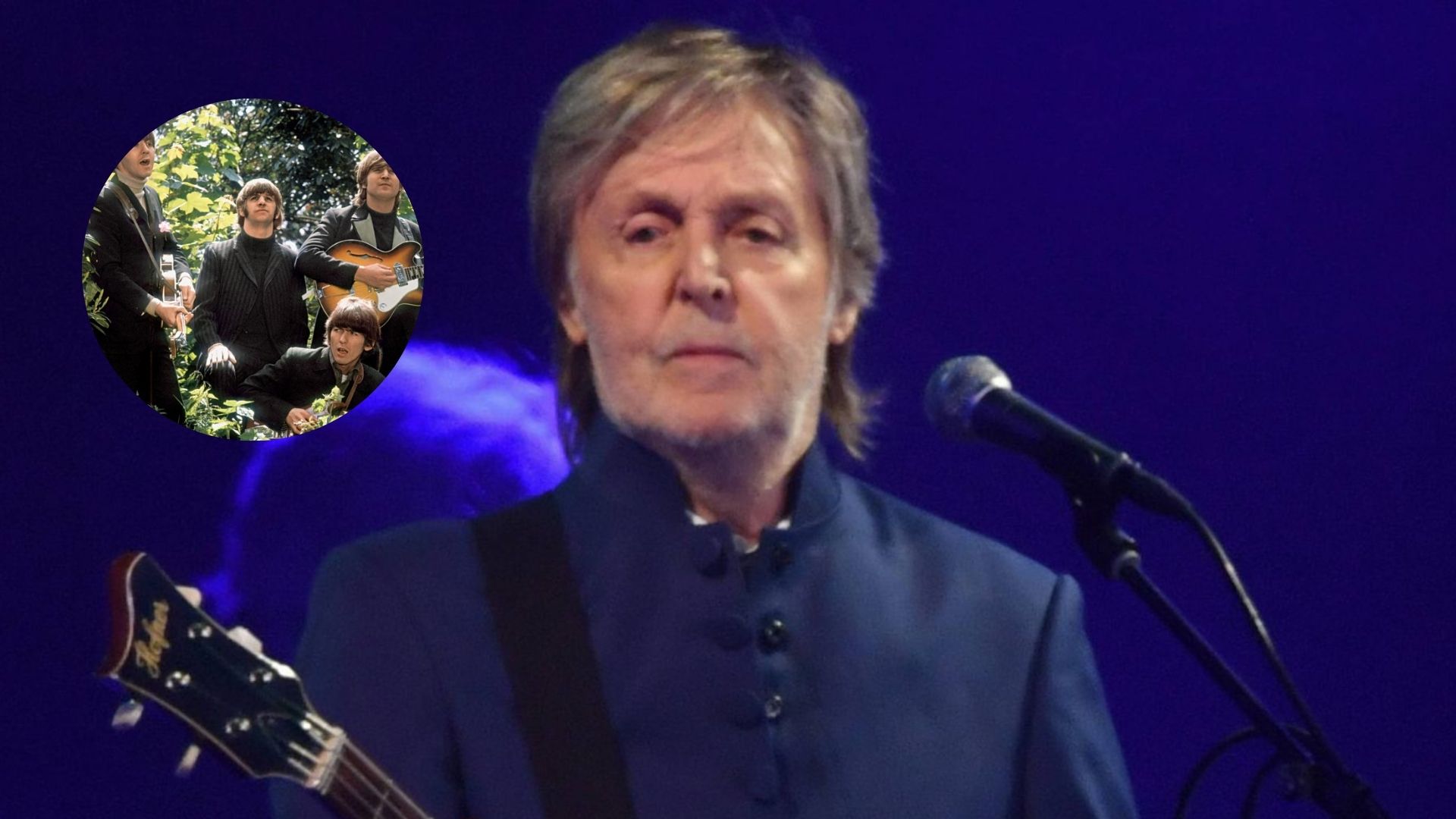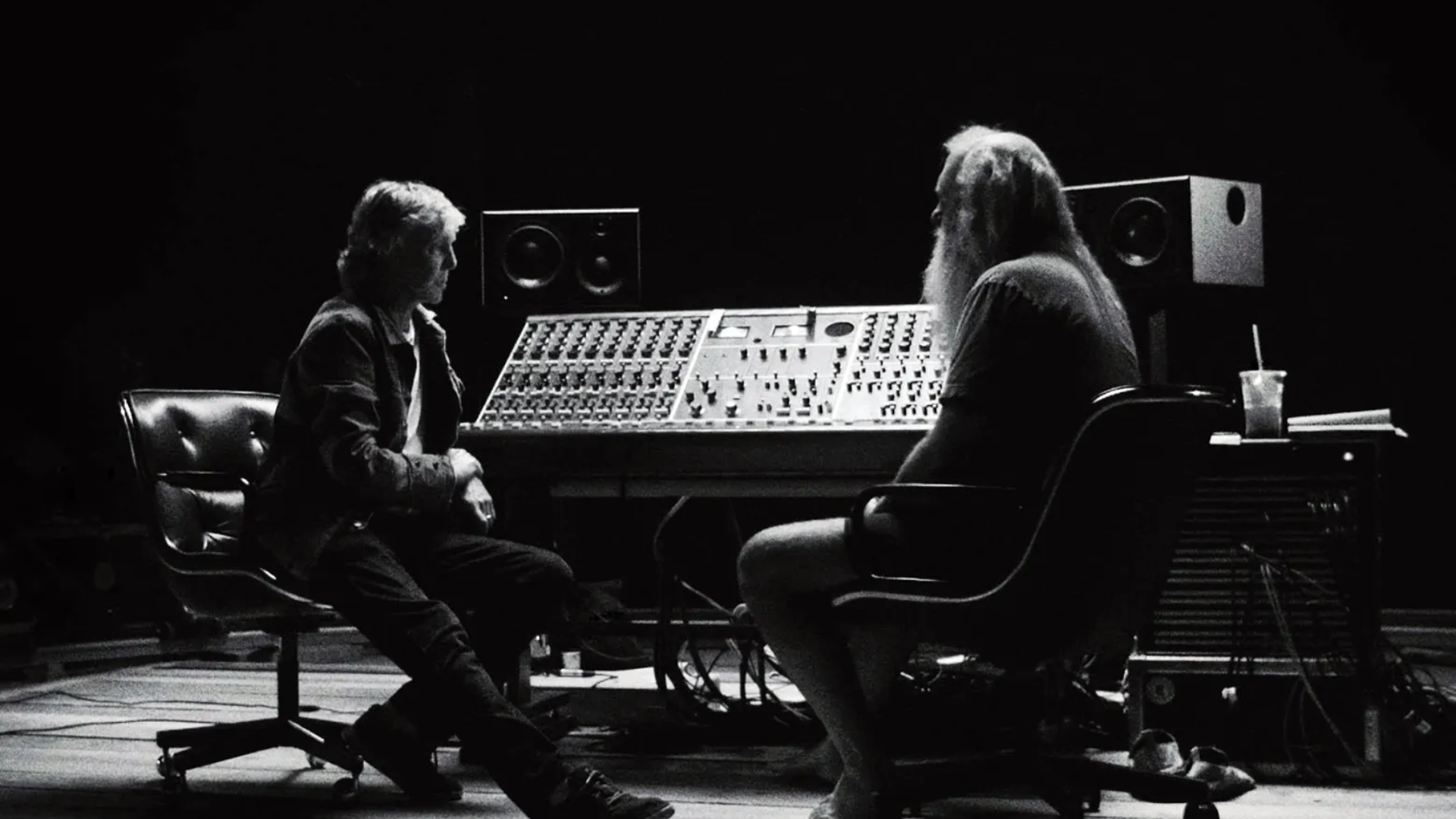
When “Hey Jude” was released in 1968, it was more than just another Beatles single — it was an anthem of comfort, resilience, and hope. Written primarily by Paul McCartney as a message of reassurance to Julian Lennon during his parents’ divorce, the song quickly grew beyond its personal origins to become one of the most universally loved songs in popular music.

From its opening piano chords, “Hey Jude” feels intimate, almost like a friend sitting down beside you. Paul’s voice is tender, steady, and compassionate as he begins: “Hey Jude, don’t make it bad, take a sad song and make it better.” It isn’t grand advice — it’s simple, heartfelt encouragement, and that’s what makes it so powerful. The lyric speaks directly to the listener, carrying both empathy and strength.
As the song unfolds, it blossoms into something far greater than a ballad. The orchestration swells, guitars enter with subtle power, and McCartney’s vocal grows more impassioned. Then comes the famous extended coda — four minutes of “na-na-na” refrains, building layer upon layer into one of the most iconic singalongs in music history. What began as a personal message transforms into a communal celebration, a moment where sorrow is lifted by the power of shared voice.
Each Beatle plays their part in making the track timeless. Ringo’s drumming is steady and sympathetic, George’s guitar lines are understated but essential, and John’s harmonies provide a soulful depth. Together, they frame Paul’s vocal and let the song breathe, allowing its emotional weight to shine through.
What makes “Hey Jude” so enduring is its dual nature. It acknowledges pain but refuses to dwell in it. It doesn’t deny sadness; it insists that healing is possible. That combination of empathy and optimism has made it a source of comfort for generations, played at weddings, memorials, and stadiums alike.
In the context of 1968 — a year marked by upheaval and loss — the song carried even greater resonance. To a world in turmoil, “Hey Jude” felt like a balm, offering hope through music at a time when hope was desperately needed.
In the end, “Hey Jude” is more than a Beatles classic. It is a hymn of encouragement, a reminder that even the saddest songs can become better when sung with love and shared with others. Decades later, it still carries the same message Paul wrote for a child in pain: don’t be afraid, don’t give up, and let the music help you find your way forward.